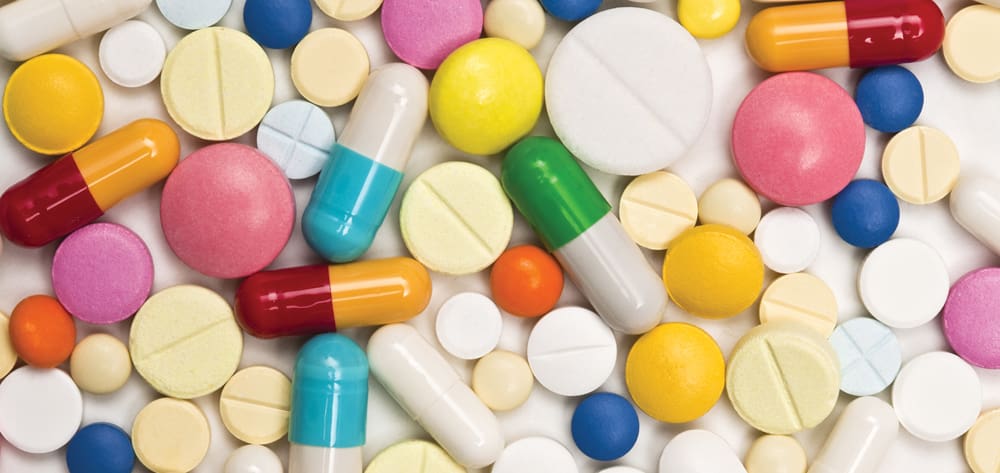Accidental exposure to medication in the home is a major cause of unintentional poisoning in children. Recent data show even child-resistant containers can’t completely prevent a child from taking medication meant for someone else. Reported cases of accidental exposure further emphasize the need for nurses to counsel patients on how to store medication safely out of reach of children and pets, as well as on proper disposal of unused or expired drugs.
Nearly all medications can be thrown away in the household trash after they’ve been mixed with an unpalatable substance, such as coffee grounds, and sealed in a container. However, a few select drugs—primarily controlled substances—should be flushed down the sink or toilet to permanently remove the risk of accidental exposure from the home. The Food and Drug Administration (FDA) recently made available recommendations for proper medication disposal and a list of drugs that should be flushed due to their potential to cause serious or life-threatening adverse reactions (such as difficulty breathing, heart problems, and even death) if someone other than the person for whom the drug was prescribed is exposed to it accidentally. See the box below.
Teaching patients about proper medication disposalInstruct patients to flush the following unused or expired medicines:
*These medications have generic versions available, or are available only in generic formulations. For all others, advise patients to mix unused or expired medicines with coffee grounds or cat litter, seal in a container, and dispose in the household trash. Or recommend they give the medicines to a local drug take-back program. (Note: Information in this table is current as of January 2012.) |
The FDA recognizes public concern over medications in the environment, specifically the water supply. Most medications found in the water supply result from normal bodily elimination (in urine or feces) after patient use. The FDA believes the possibility of life-threatening risks from accidental exposure to these medicines outweighs potential risk to people and the environment from flushing these few select medicines.
Drug take-back programs are another good option for medication disposal by patients. These programs collect and dispose of unwanted or expired drugs and may reduce the risk of someone taking the drug accidentally. The FDA recommends patients contact local household trash and recycling service programs to find out if their community offers a take-back program and, if so, which drugs can be taken back. Patients also can check with their pharmacy to see if other medication disposal programs are available in their community. FDA doesn’t endorse or recommend programs that redistribute drugs previously dispensed to other patients.
The FDA will continue to evaluate safety risks and update the list of medications recommended for flushing as needed. The list and additional information are available at www.fda.gov/Drugs/ResourcesForYou/Consumers/BuyingUsingMedicineSafely/EnsuringSafeUseofMedicine/SafeDisposalofMedicines/ucm186187.htm.
Christine Merenda and Janelle Derbis are Health Programs Coordinators in the FDA Office of Special Health Issues. They wish to acknowledge Connie Jung, RPh, PhD, Acting Associate Director for Policy & Communication, Office of Compliance, FDA.
Selected reference
Bronstein AC, Spyker DA, Cantilena LR Jr, Green JL, Rumack BH, Heard SE; American Association of Poison Control Centers. 2007 Annual Report of the American Association of Poison Control Centers’ National Poison Data System (NPDS): 25th annual report. Clin Toxicol (Phila). 2008;46(10):927-1057.
Read the next article here




















1 Comment.
We are not allowed disposal of medication down the toilet because it eventually gets into the water system. Advised to mix meds with coffee grounds then use sealed container and dispose in trash.